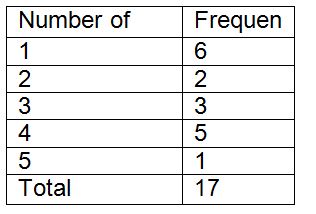Briefly explain unplanned terminations
What will be an ideal response?
Unplanned terminations occur when a working relationship is halted suddenly or prematurely. Client-initiated unplanned terminations can be triggered by dropping out of treatment, by an adverse event that renders the client unavailable for service, or by the client behaving in such a way that services are withdrawn or he or she is ejected from the setting. Examples of adverse events include being arrested, running away, committing suicide, or otherwise dying unexpectedly.
A common theme of all these client-initiated endings is that they are unanticipated and thus allow no opportunity for discussion, processing, or closure, yet the residue of feelings and unfinished business remains. The tasks of termination (reflection on the work together, planning for the future, marking the end of treatment) remain undone, and both parties may experience feelings of abandonment, anger, rejection, failure, relief, and shame.
You might also like to view...
Force field analysis is:
A) The analysis of political strategy with respect to specific issues. B) The selecting of policy objectives with respect to specific issues. C) The analysis of the distribution of power with respect to specific issues. D) The application of political force.
Dual roles are always considered to be a conflict of interest
Indicate whether the statement is true or false.
What is the variance?

A. 3
B. 7.5
C. 19
D. 38
Based on studies, which phrase best describes the effectiveness of
intensive treatment services? A. Minnesota model intensive treatment programs do not have a good track record B. Inpatient care for alcoholics produces more successful outcomes than outpatient care after one year C. Inpatient care and outpatient care produce similar outcomes for those addicted to drugs other than alcohol D. Inpatient care and outpatient care produce similar outcomes for those addicted to alcohol rather than drugs